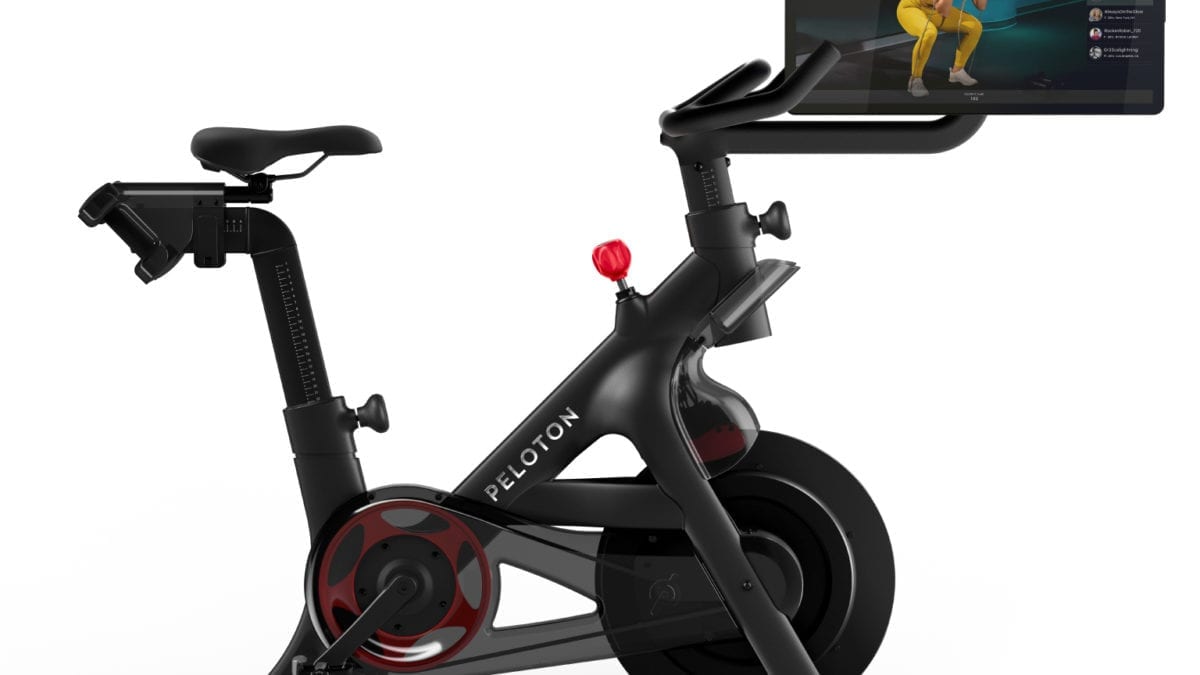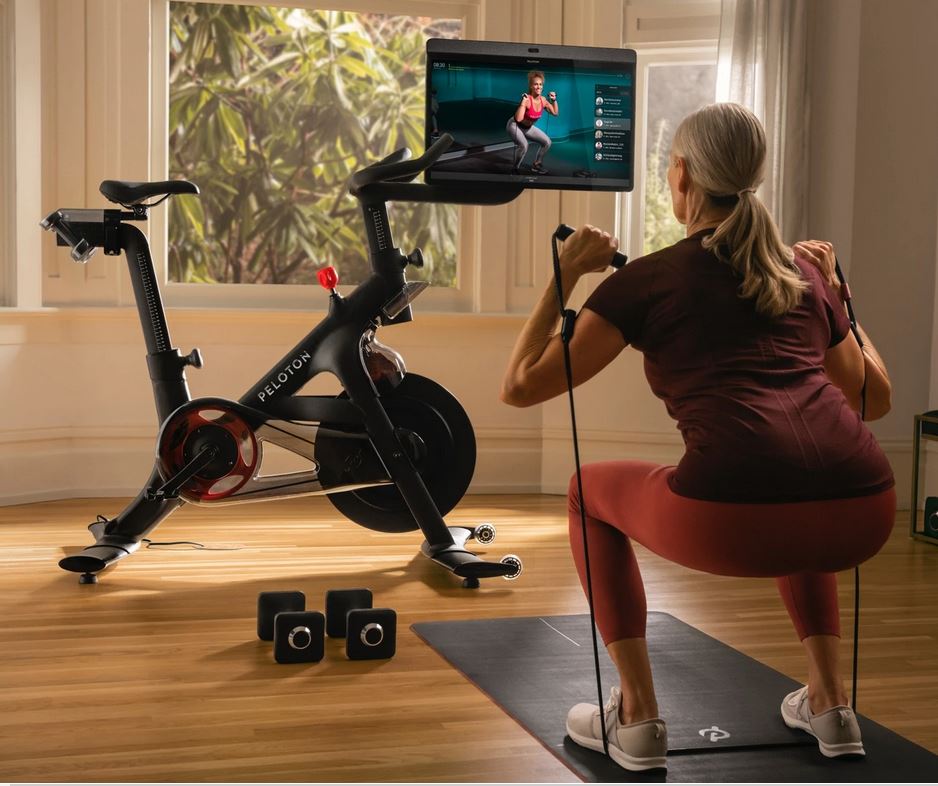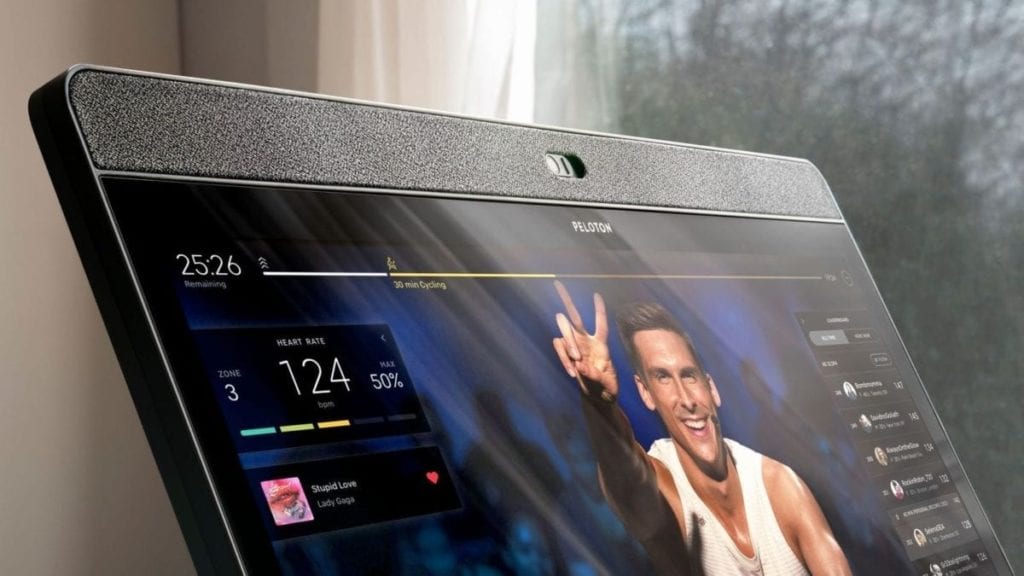Does the Peloton Bike work for triathletes?
With lots of class content, along with strength and core workouts, there's a lot triathletes will enjoy with the Peloton bike

With the COVID-19 pandemic shutting down our opportunities to hit our local gyms for spin workouts, many triathletes have been trying to figure out how to maintain their fitness and motivation through Zoom classes or hammering out sessions on Zwift. For the last eight years, though, Peloton has been offering folks a way to enjoy the benefits of hitting a spin class in their own homes, providing a super-efficient way to get the most out of their training.
Of course triathletes are no strangers to indoor training, and most have gravitated to using smart trainers connected to programs like Zwift or TrainerRoad to get their workouts in through the winter. (And, for those who live in busy cities or aren’t crazy about braving busy roads, much of the rest of the year, too.) There are a lot of triathletes, though, who spend much of their winter bike training time doing spin classes – or, they did until the COVID-19 pandemic shut down their local gyms.
The latest version of the Peloton, the Bike+ features a large, rotating screen, a powerful soundbar and digital resistance for an impressive personal workout space right at home. The rotating screen makes it really easy to combine a bike session with floor-based workouts, so you can enjoy a full-body workout. The four-speaker sound system does a great job of duplicating an in-class feel, while the front-facing camera will allow you to video chat with friends during your workout. You can easily sync an Apple watch to gauge heart rate, and you can set the bike up to scale your efforts based n target metrics.
Class time
Peloton has developed an extensive content library, so you’ll no-doubt be able to find a workout that will fit your training needs and fitness level. The classes are either pre-recorded or live – you’ll find the live classes provide the most immersive experience. Throughout the rides instructors give individual shoutouts to some of the thousands of riders from around the world who are taking part in the session. There’s also a virtual high five-system, too, to keep people involved. You’ll quickly start to find the instructors that suit your training style – whether that’s a more positive, affirmation-type class or a power-zone-based sufferfest.
The Peloton bike uses power, and after taking a 20-minute “power zone FTP” test, you can set your power zones to display during rides, which some instructors will use as guidance throughout their workouts.
Competitive triathletes will love the virtual leaderboards during live classes, too – you can see your live ranking and sort the leaderboards by a number of factors: gender, age, hashtag groups and more.
You can easily make your Peloton workout as hard as anything you’d take on in Zwift or TrainerRoad. The addictive, gamified Peloton platform has trophies, streaks and community integrations that make it great for motivating new and longtime users to keep coming back and exercising.
Triathletes will also appreciate the weight training and core classes, done on a mat next to the bike. The classes are rated at different levels so it’s easy to figure out which one might be for you.

Does it make sense for triathletes to invest in an expensive stationary bike?
That depends on how you typically do your winter bike training. Do you enjoy spin classes and make that a regular part of your training? The Peloton might be the answer for you – especially during the pandemic. The Peloton Bike is $2,695 and comes with shoes (which are very comfortable), weights and headphones. The Bike+, which has a bigger monitor and is designed for cardio as well as strength training, is $3,495 and comes with shoes, weights and a reversible workout mat. The bike also requires a monthly membership fee to access classes, which costs $49/month.
The company has a calculator to help you figure out how much you’ll be “saving” when buying the bike. Compared with the high cost of some spin classes – which, for many of us, aren’t even an option right now – the Peloton actually makes a lot of sense. Is it still expensive? Yes. But framed against the high cost of many gym memberships and spin classes, not so much.
Set up is also a lot easier on the Peloton bikes than it would be for other training apps. If you’re the kind of person who loses their mind when you can’t figure out why your power meter just won’t connect, you’re likely going to be a happier camper with the Peloton.
The Peloton isn’t the answer for many triathletes, who want to spend their time training on their own bike and are happy with Zwift, TrainerRoad or simply pounding away with their own workouts. For those who are looking to simplify their set up and are looking for a more spin-class-like experience (along with the weight training and core classes available, too), the Peloton could very well be exactly what they’re looking for.

